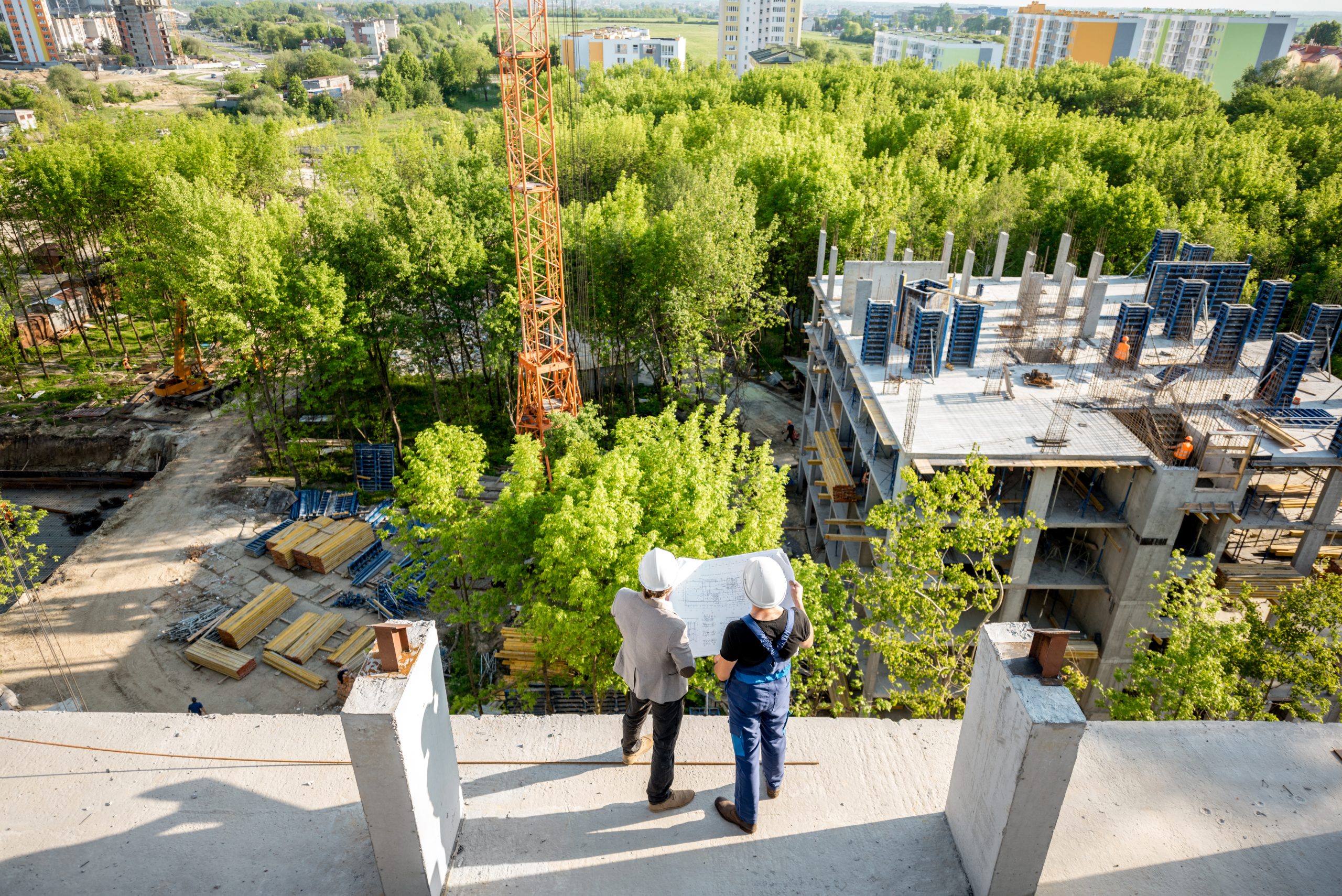Benefits of lifecycle assessment and circular economy
Reduced environmental footprint
Lifecycle assessment is emerging as the most effective approach for developers to measure and reduce the environmental impact of their buildings. A RIBA Journal article cites research that claims almost 75% of UK construction professionals believe a minimum 10% reduction in carbon emissions is possible on projects that carry out lifecycle assessments.
Another recent article claims that while LCA can evaluate environmental impacts, the results do not necessarily indicate how circular a solution is. Measuring the circularity of resources and material flows fills this gap to reduce a building’s environmental footprint.
Conserved resources
A circular economy supported by LCA optimises resources and reduces waste by identifying areas where materials can be circulated and conserved. According to the Ellen Macarthur Foundation, a charity committed to creating a circular economy: ‘A circular economy favours activities that preserve value in the form of energy, labour and materials. This means designing for durability, reuse, remanufacturing, and recycling to keep products, components, and materials circulating in the economy.
Promotes sustainable construction practices
LCA now has a role in shaping policy and regulations for sustainable construction. According to a recent research paper, LCA supports sustainable design and decision-making processes. It promotes the selection of materials that have a lower overall environmental impact.
In calling for new standards on the environmental impact of construction materials, a University of Manchester policy paper has included life cycle assessment as a policy recommendation for decarbonising the building sector.
UK Adoption of LCA and circular economy
Lifecycle assessment and circular economy methodologies are increasingly used in project planning UK construction projects.
Green building certification programmes like LEED (Leadership in Energy and Environmental Design) and BREEAM (Building Research Establishment Environmental Assessment Method) increasingly include credits or incentives for conducting life cycle assessment studies to instil sustainable construction practices. More software packages that manage LCA are coming to market to enhance construction efficiencies.
Challenges of LCA and circular economy
Data collection complexity
Data collection complexity is a challenge of LCA and a circular economy. An article in The International Journal of Life Cycle Assessment claims that a system for the verification of LCA results is probably the most relevant challenge to overcome.
Integrating circular principles into traditional construction practices
Striving for a circular economy is making great strides towards more sustainable construction methods. However, becoming mainstream and scalable, which would require integration with traditional construction practices, presents challenges for this approach.
Greater collaboration required
A successful lifecycle assessment and circular economy approach requires a consistent level of commitment from all stakeholders. According to Neuroject, ‘there is a need for greater collaboration and knowledge sharing among stakeholders, including designers, manufacturers, policymakers, and clients, to overcome barriers and promote the use of life cycle assessment in construction’.
Barriers to the use of life cycle assessment can be overcome through greater collaboration and knowledge sharing among designers, manufacturers, decision makers and clients.

